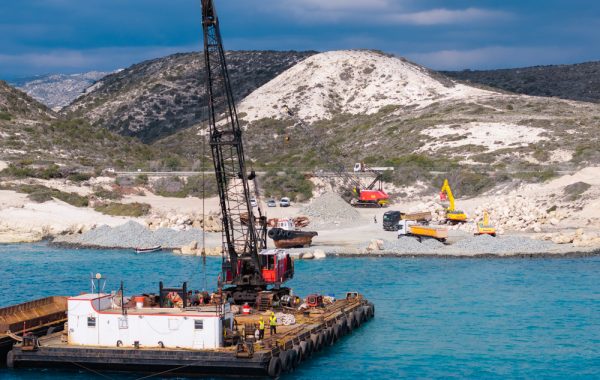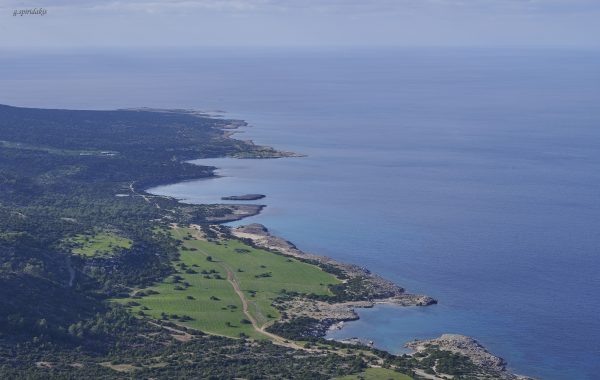Over the last decade here at BirdLife Cyprus, we often felt like a bit of a ‘broken record’. We found ourselves repeating – on every possible platform – our constant calls for strategic placement and strategic assessment of the environmental impacts of renewables on protected areas, valuable farmland and the countryside in general; especially in terms of thoughtless land sealing and land use change.
For good reason – there simply was none! The result spoke for itself: almost 2/3 of the existing windfarms ended up in Natura 2000 sites, with all the impact this could have on unsuspecting raptors. More than half the Photovoltaic Parks ended up in farmland, while battles had to be fought to keep them out of Natura 2000 sites; although some did manage to get environmental permits on the margins of protected sites. A number of renewable projects even caused the concern of the European Commission, which poked Cyprus for failing to ensure that they would have no impact on protected sites.
In February 2021 the first important step was made in the right direction, when the Environment Department froze the assessment of Photovoltaic Parks submitted for approval from 2021 onwards, until a strategic environmental impact assessment had been carried out.
This was followed by the official decision of the Environment Department on the strategic environmental impact assessment for the placement of renewable energy projects published in February 2022. This opinion is a mandate that finally breaks the cycle of uncontrollable planning for renewables, and puts a safety net at least over the island’s most important natural elements.

Big solar and wind parks are now clearly banned from Natura 2000 sites, state forests and main bird migration corridors with the necessary buffers left, which are more generous in the case of windfarms. These projects are also to be banned in mountainous areas, areas with special landscape characteristics e.g. hilltops, and in plots with big inclines where considerable earthworks would have to be undertaken, among other restrictions. Other landscape aspects are taken into consideration as well, for example archaeological sites and ancient monuments are also no-go areas for big solar and wind parks.
Projects at a close distance to Natura 2000 sites will have to undergo an appropriate assessment to evaluate the impact they could have on protected elements of these sites. This applies for bigger distances in the cases of protected wetlands such as Larnaca Salt Lakes, which is sadly already being encroached on by solar parks. Similarly, projects that fall within Bonelli’s Eagle or Griffon Vulture breeding or feeding grounds, within areas with rare plants or important for rare bat species, will be assessed on a case-by-case basis and hopefully very carefully.
Although it does safeguard protected areas and other areas of particular value for biodiversity, this new opinion doesn’t do the same for farmland, where limits are set but not as many or as strict. And other question marks still remain, for example for offshore windfarms which depend on the pending Maritime Spatial Plan.
Climate change is one of the most important threats the planet is currently facing. Alternative energy sources are a great part of the solution to the problem, and with Cyprus having so many sunny days, we are rooting for renewables, and especially for a ‘solar future’ for Cyprus. As long, that is, as this is done carefully, with respect for nature and biodiversity and as efficiently as possible. For these reasons, we believe and advocate that priority is given to government building rooftops, industrial areas, abandoned landfills and other such sites, as also mentioned in the opinion published by the Environment Department.
We are happy to be moving forward from the state of the ‘broken record’, and into a new era where any clashes between our climate and biodiversity policy can be controlled through this new strategic assessment, by keeping a close eye on its proper implementation.




